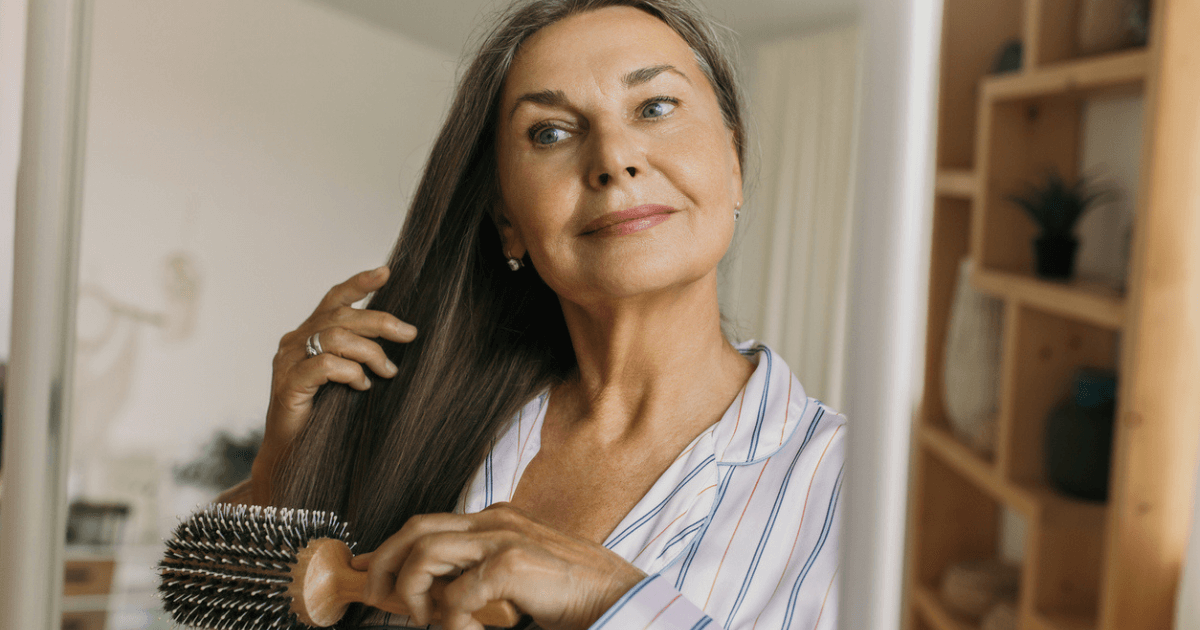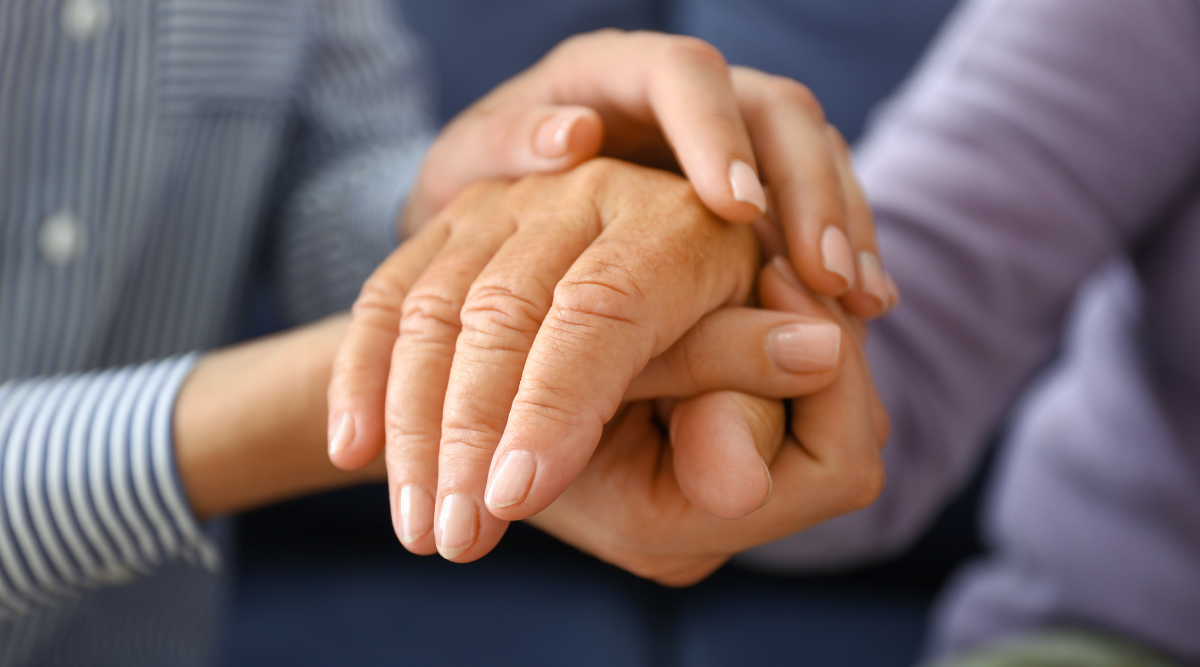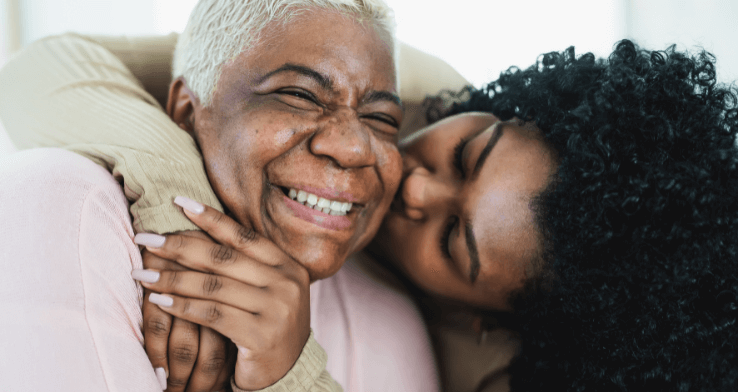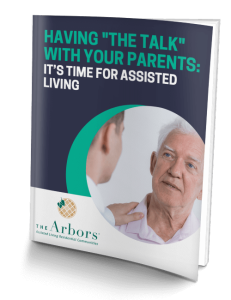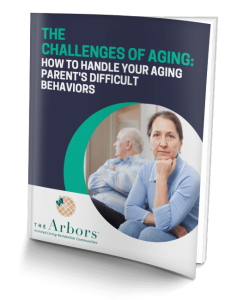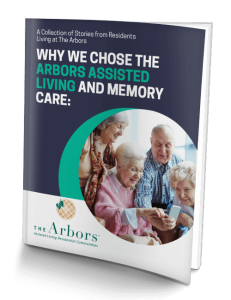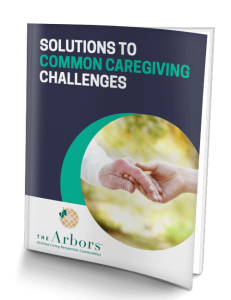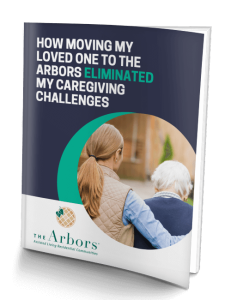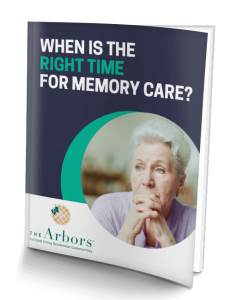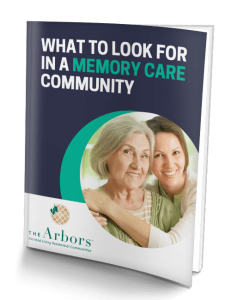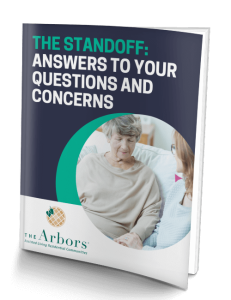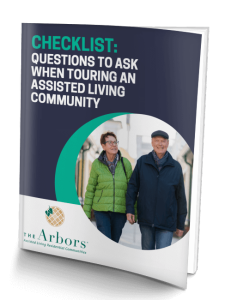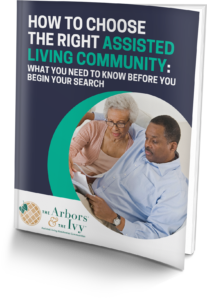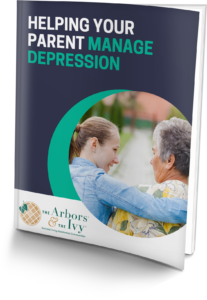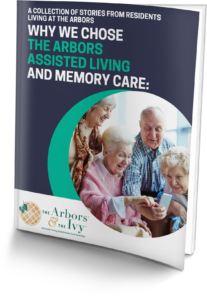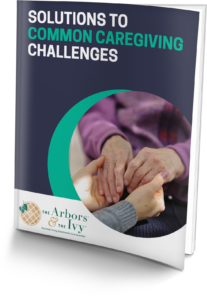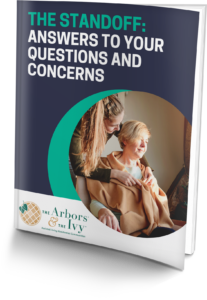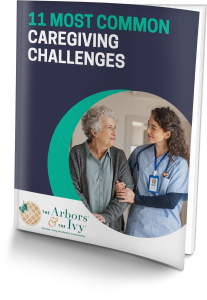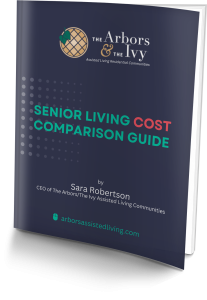What is Parkinson’s Disease?
Parkinson’s disease is a neurological disorder that often develops later in life. It affects millions of people around the world, and as our population ages, understanding this condition becomes even more important.
Parkinson’s disease steals control over our movements. It targets a specific area of the brain, leading to a cascade of symptoms that can significantly impact a senior’s daily life.
The hallmark signs are tremors, stiffness, and difficulty with movement. Imagine struggling to walk, your balance unsteady, and your limbs feeling heavy or rigid. This can make even simple tasks like getting dressed or preparing a meal a challenge.
But Parkinson’s goes beyond movement. As the disease progresses, it can disrupt sleep patterns, cloud memory, and even affect a person’s behavior.
There’s no cure, and symptoms worsen over time. However, with proper management, seniors with Parkinson’s can still maintain a good quality of life.
Why Seniors Are More At-Risk
Parkinson’s disease is most likely to strike as we age. This is because it’s linked to the gradual loss of dopamine-producing neurons in a specific part of the brain called the substantia nigra. Dopamine acts as a chemical messenger, carrying signals between brain cells that control movement.
Imagine a conductor in an orchestra. When dopamine production declines, it’s like the conductor losing their ability to clearly communicate with the musicians. This disrupts the brain’s messages to the muscles, leading to the hallmark symptoms of Parkinson’s, such as tremors, stiffness, and difficulty with movement.
The exact reason why these neurons die off in Parkinson’s remains a puzzle scientists are actively working to solve. However, research suggests a combination of factors might be involved:
- Genetics: Having a close relative with Parkinson’s increases your risk, although the inheritance pattern can be complex.
- Environment: Exposure to certain toxins, like pesticides or herbicides, may play a role, though the evidence is still being investigated.
While these factors might increase your risk, it’s important to remember that Parkinson’s can also develop in people with no family history or known environmental triggers.
Common Symptoms to Watch For
Parkinson’s disease is like a fingerprint – no two cases are exactly alike. While the core symptoms disrupt movement, the experience can vary greatly from person to person. The speed of progression can also be unpredictable, with some individuals experiencing a slow decline and others facing more rapid changes.
Here are some of the common signs to watch for in seniors, though it’s important to remember that not everyone with Parkinson’s will experience all of them:
- Tremors: This is perhaps the most well-known symptom, often appearing in the hands and fingers. It can manifest as a rhythmic shaking or trembling when the limb is at rest. However, tremors are not always present, and some people with Parkinson’s may never experience them.
- Slowness of movement (bradykinesia): Simple tasks that were once effortless, like buttoning a shirt or tying shoelaces, can become slow and laborious. This slowness can also affect walking, making it difficult to initiate movement or take large strides.
- Stiffness in the limbs (rigidity): Muscles can become stiff and rigid, causing a feeling of tightness or achiness. This can affect any part of the body, but it’s commonly felt in the arms, legs, or back. Rigidity can also limit a person’s range of motion and make it difficult to turn or bend.
- Difficulty with balance and coordination: Parkinson’s disrupts the brain’s signals that control balance and coordination. This can lead to problems with walking, turning, and maintaining posture. Seniors with Parkinson’s may experience a shuffling gait, difficulty initiating steps, or an increased risk of falls.
- Loss of balance and stooped posture: As the disease progresses, stiffness and balance problems can cause a person to adopt a hunched or stooped posture. This can further impair mobility and increase the risk of falls.
In addition to these movement-related symptoms, Parkinson’s can also affect other aspects of a senior’s life. These non-motor symptoms may include:
- Speech difficulties: Speech may become softer, slurred, or monotone.
- Sleep problems: Difficulty falling asleep, staying asleep, or experiencing restless legs are common.
- Cognitive decline: Some people with Parkinson’s may experience problems with memory, thinking, or concentration.
- Depression and anxiety: The physical limitations and changes brought on by Parkinson’s can lead to emotional challenges.
- Fatigue: Many people with Parkinson’s experience excessive tiredness throughout the day.
If you notice a combination of these symptoms in an elderly loved one, it’s crucial to consult a doctor for a proper diagnosis. Early detection and intervention can significantly improve a person’s quality of life with Parkinson’s.
The Challenges of Diagnosing Parkinson’s in Seniors
Parkinson’s disease can be a tricky condition to diagnose in older adults. Unlike some diseases with a simple test, there’s no one-size-fits-all approach for Parkinson’s. Here’s why:
- No definitive test: There’s no single screening or test that can definitively diagnose Parkinson’s. While some tests can rule out other conditions, they can’t directly confirm Parkinson’s itself.
- Variable Symptoms: Parkinson’s affects everyone differently. The speed of progression and specific symptoms can vary greatly from person to person. This makes it difficult to pinpoint a single set of early signs that guarantees a diagnosis.
- Mimicking Conditions: Certain conditions can mimic Parkinson’s symptoms, like medication side effects, blocked blood vessels in the brain, or even dementia. This can further complicate an accurate diagnosis.
Despite these challenges, there are steps to take:
- See a Neurologist: A neurologist specializing in brain disorders is best equipped to evaluate a senior for Parkinson’s. They will conduct a thorough neurological exam, review the patient’s medical history, and observe any physical symptoms present.
- Early Diagnosis is Key: While there’s no cure, early diagnosis allows for the creation of a treatment plan to manage symptoms and improve quality of life. The sooner a diagnosis is reached, the sooner treatment can begin.
Remember: Don’t be discouraged by the complexities of diagnosing Parkinson’s. If you suspect an elderly loved one might have the disease, encourage them to see a neurologist for a proper evaluation.
Therapy-Based Support:
- Physical Therapy: A physical therapist can design an exercise program to improve strength, flexibility, balance, and coordination. This can help seniors maintain their independence and reduce their risk of falls.
- Occupational Therapy: An occupational therapist can help identify challenges with daily activities and recommend strategies and assistive devices to make daily life easier.
- Speech Therapy: A speech therapist can help address any speech problems caused by Parkinson’s, such as slurring or difficulty speaking loudly.
Medications for Individual Needs:
- Customized Treatment: Because Parkinson’s affects everyone differently, medication regimens need to be personalized. The choice of medications and their dosages will be tailored to the specific symptoms and how the disease progresses for your loved one.
- New Medications: The good news is that advancements in medication are offering significant improvements in quality of life for people with Parkinson’s. Your doctor will stay up-to-date on the latest options and discuss what might be most beneficial for your loved one.
Surgical Interventions (Weighing Risks and Benefits):
- Brain Lesioning Procedures: These surgeries aim to destroy specific areas of brain tissue involved in Parkinson’s symptoms. However, this is a permanent procedure with potential risks, and it’s not suitable for everyone.
- Thalamotomy targets tremors, while pallidotomy may also address dyskinesia, a side effect of long-term drug therapy.
- Deep Brain Stimulation (DBS): This alternative to lesioning surgeries uses implanted electrodes to deliver electrical pulses to targeted brain regions, modulating their abnormal activity. It’s a reversible procedure with no tissue destruction.
- DBS can be performed on both sides of the brain if needed, but a patient’s overall health plays a role in determining its suitability.
Remember: Early diagnosis is crucial for creating a personalized treatment plan and maximizing quality of life for seniors with Parkinson’s. Discuss all options with your loved one’s doctor to find the best approach for managing their symptoms.
Beyond Medical Care:
- Staying Active: Regular exercise is crucial for people with Parkinson’s. It can improve mobility, flexibility, and coordination, as well as boost mood and energy levels. Activities like walking, swimming, tai chi, and cycling are all excellent options.
- Healthy Diet: Eating a balanced diet rich in fruits, vegetables, and whole grains can help manage symptoms and promote overall well-being. Staying hydrated is also important.
- Emotional Support: Parkinson’s can be isolating, so emotional support is vital. Encourage your loved one to stay connected with friends and family, and consider joining a support group for people with Parkinson’s.
- Staying Informed: Knowledge is empowering. There are many resources available to help you learn more about Parkinson’s, treatment options, and healthy living strategies. The Parkinson’s Foundation website is a great place to start.
Supporting Our Seniors: Making a Difference
As a caregiver or family member, you can play a vital role in helping your loved one live well with Parkinson’s. Here are some ways to provide support:
- Educate Yourself: The more you understand about Parkinson’s, the better equipped you’ll be to assist your loved one and advocate for their needs.
- Be a Partner in Care: Encourage regular doctor visits and work with the healthcare team to develop a treatment plan that meets your loved one’s individual needs.
- Offer Daily Assistance: As the disease progresses, everyday tasks may become more challenging. Offer help with things like dressing, bathing, preparing meals, and managing medications.
- Become an Exercise Buddy: Encourage physical activity and participate in your loved one’s exercise routine. This can be a fun way to bond and motivate each other.
- Listen and Offer Support: Parkinson’s can be emotionally challenging. Be a listening ear, offer words of encouragement, and help your loved one stay positive.
By working together and embracing a proactive approach, you can help your loved one with Parkinson’s continue living a life filled with purpose and joy.



